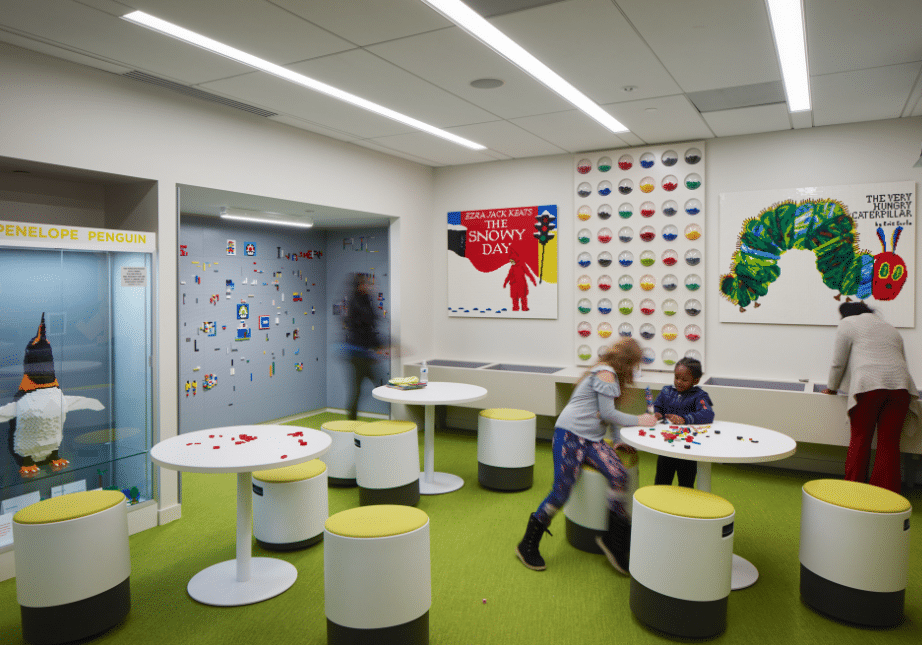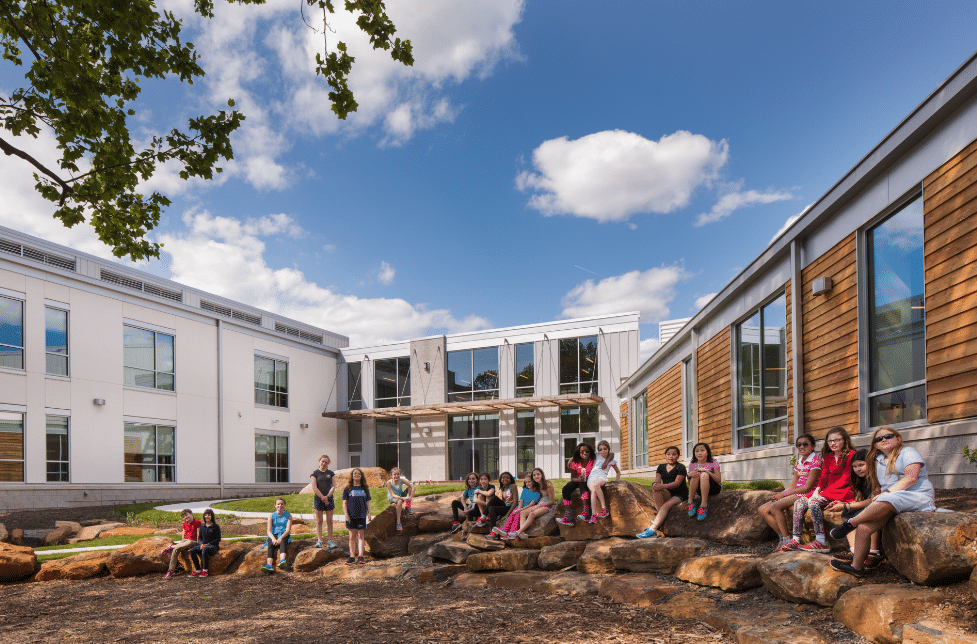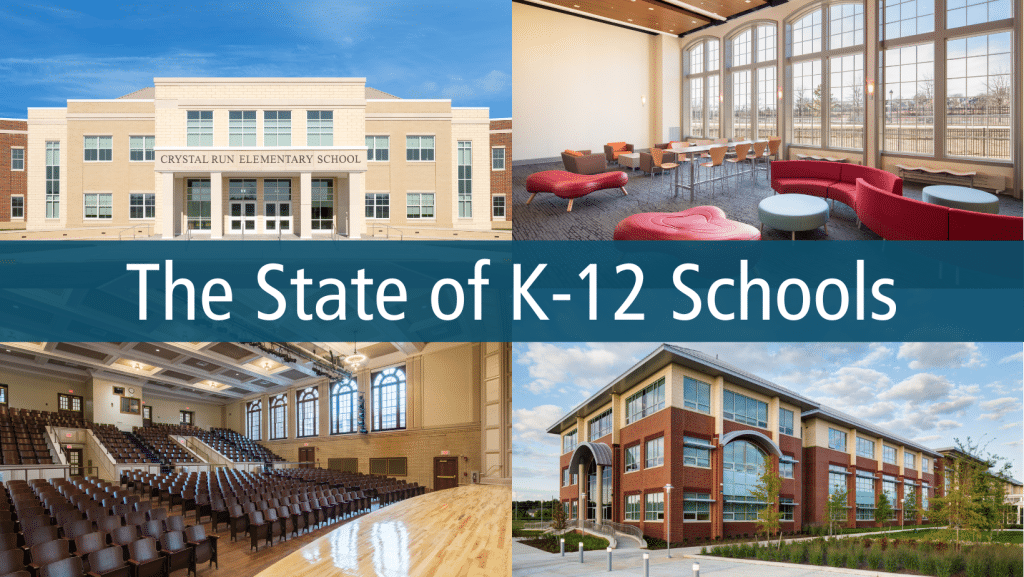The State of K-12 Facilities: Navigating Today’s Challenges and Tomorrow’s Opportunities
In the ever-evolving world of K-12 education, the state of educational facilities plays a pivotal role in shaping the learning experience. As we navigate through a landscape marked by rapid technological advancements and shifting educational paradigms, the need for facilities that not only accommodate but also enhance the learning process has never been more critical. At EDiS Company, we are deeply invested in understanding and responding to these dynamic needs, ensuring that our role as construction managers contributes significantly to the future of education.
Embracing Flexible and Modular Design
Flexibility is another key aspect of contemporary educational facilities. The concept of a static classroom is fading, making way for spaces that can adapt to various teaching styles and learning needs. Modular designs allow for easy reconfiguration of spaces, accommodating group activities, individual learning, and collaborative projects. This adaptability is crucial in fostering an environment that is responsive to the diverse and dynamic nature of student engagement.
Addressing Infrastructure and Capacity Challenges
Many schools are grappling with the challenges of aging infrastructure and growing student populations. These issues require a strategic approach, balancing the need for immediate solutions with long-term planning. Renovations and expansions are often necessary to extend the life of existing facilities, while new construction projects must anticipate future growth and technological advancements. Budget constraints add another layer of complexity, making it essential for construction managers to deliver cost-effective yet innovative solutions.
Prioritizing Health, Wellness, and Inclusivity
The health and well-being of students and staff have taken center stage in the design of K-12 facilities. Schools are increasingly focusing on creating environments that are not only safe but also promote mental and physical well-being. This includes considerations for ample natural lighting, ergonomic furniture, and spaces that encourage physical activity. Additionally, inclusivity in design ensures that facilities are accessible to all students, creating an environment where every child has the opportunity to thrive.
Building Community Through Educational Spaces
Schools are more than just places of learning; they are vital components of the community. Modern educational facilities are designed to serve as community hubs, hosting events and activities that extend beyond the school day. This approach not only enriches the student experience but also strengthens the bond between schools and the communities they serve.
 Adapting to Technological Integration
Adapting to Technological Integration
One of the most significant shifts in modern education is the integration of technology. Classrooms are no longer confined to traditional learning methods; they have transformed into interactive, tech-driven environments. This evolution calls for educational facilities that are equipped with advanced infrastructure to support digital learning tools. From smart boards to high-speed internet connectivity, the modern classroom requires a backbone that can handle the demands of the tech-savvy generation.
Looking Ahead: K-12 Facilities Challenges and Opportunities
As we look to the future, the state of K-12 educational facilities is poised for further transformation. Sustainability will play a crucial role, with an increasing emphasis on eco-friendly designs and materials. The integration of outdoor learning spaces and the incorporation of green technologies will also gain prominence.
At EDiS Company, our role as construction managers is not just about building structures; it’s about shaping environments that will mold the next generation of leaders, thinkers, and innovators. We are dedicated to creating educational facilities that meet the needs of today while anticipating the demands of tomorrow, ensuring that our schools remain beacons of learning and community engagement for years to come.






